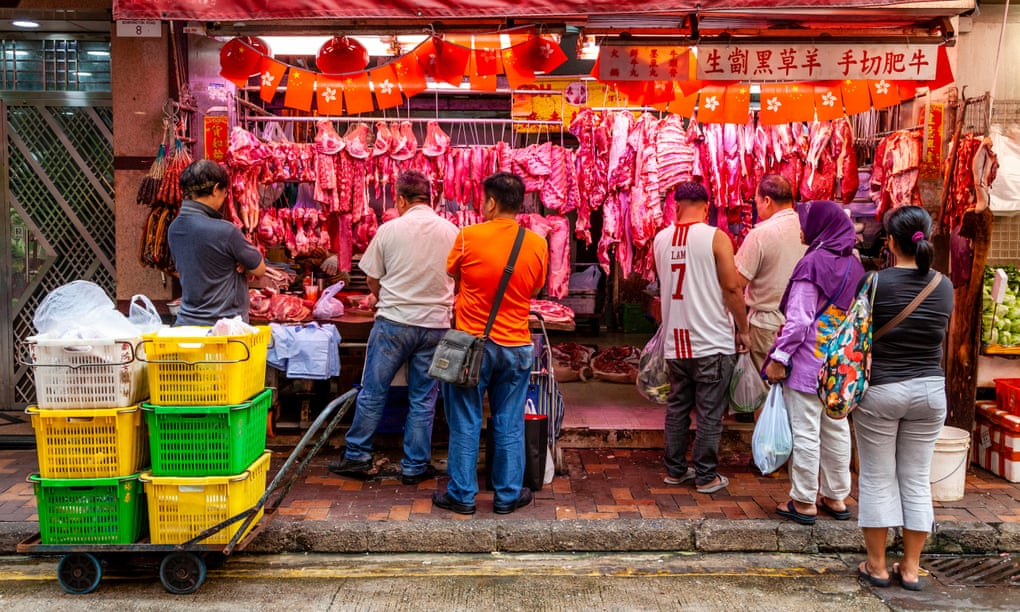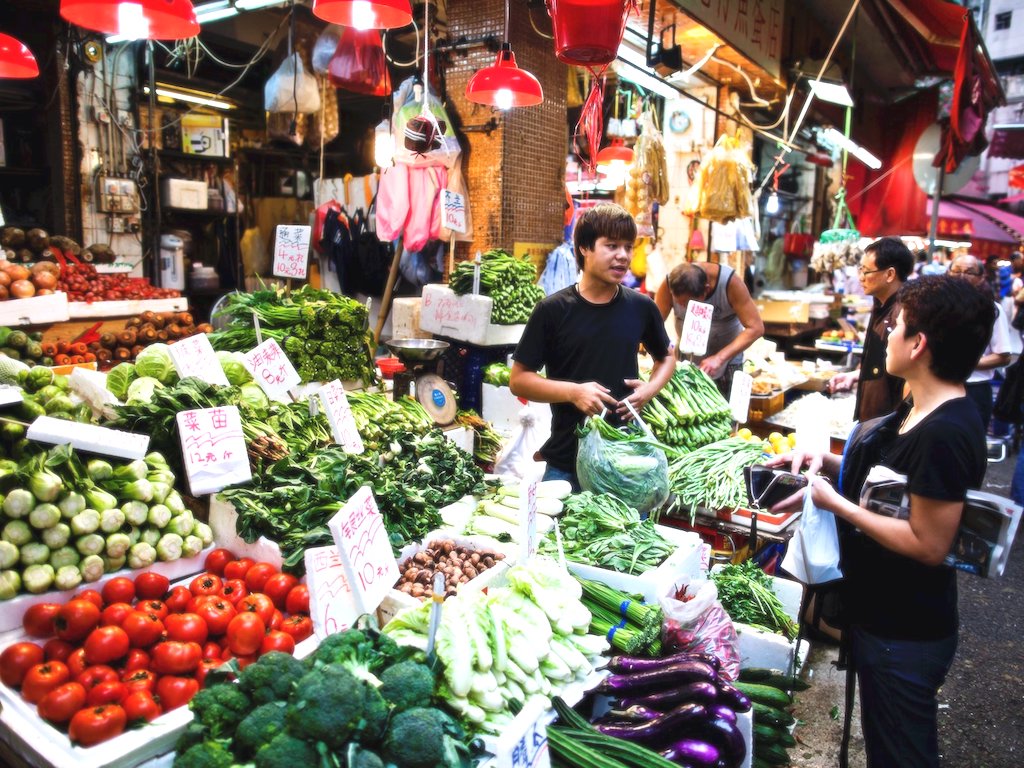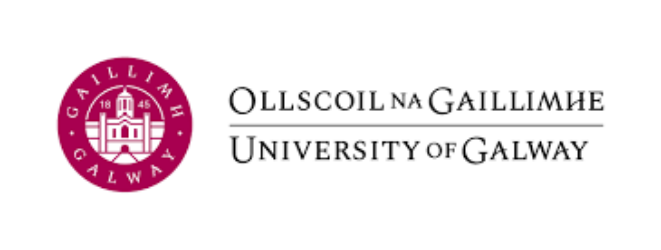
The informal food economy or wet markets significantly contributes to food and nutrition security, health, and livelihoods in the developing world. It is pivotal in meeting the food and nutrition needs at a lower cost supplying even up to 80% of low and middle-income populations. The COVID-19 restrictions which were mostly blind to this sector and caused a spike in hunger in developing nations show the importance of this sector. Yet, food safety and quality in this wet economy are often ignored and ineffectively regulated. These markets are non-transparent and often prone to activities that contribute to food safety. Research by Jaffee et al., 2018 shows that low- and middle-income countries in South Asia, Southeast Asia, and Sub-Saharan Africa accounts for 41% of the global population that is afflicted by 53% of all foodborne diseases and suffers 75% of the related deaths some linked to the informal food economy. This burden can, however, be reduced through game-changing systemic preventive low-cost interventions along the farm to fork chain.

A food safety toolkit represents one such transformative, pro-poor & low-cost intervention innovation. Yes, coalescing around this idea and launch this innovation can be a systemic game-changer for the informal food economy. It is high time to adopt a new approach to food safety and changing food culture in this sector. Such an innovation has never been launched and applied and its time is now. Food safety is both a public good and a shared responsibility. Every player in the informal food economy can be linked through this food safety toolkit.
Research shows that culture is one of the main determinants of food safety. The draconian model of emphasising the burden on governments’ inspections, product testing, legal penalties to change food safety culture can be misplaced in the informal economy where it is expensive to implement and often increases informal food economy’s elusivity. A flexible and inclusive food safety toolkit that focuses primarily on doing right things, and then things right, ensuring an absolute minimum food quality and safety measures, represent a focused step towards a regulation model innovation of the informal food economy. Research support this stakeholders’ engagement approach as central for food safety culture transformation in the wet economy.
The aim of a food safety toolkit is to reduce food safety risks for consumers. The toolkit can have many co-benefits. For instance, Hoffmann et al., 2019 notes that improving food safety often improves food quality outcomes, reducing spoilage, loss of nutritious value and food waste, increasing health and wellbeing outcomes, and ensuring food and nutrition security. Inadequate food safety standards and poor food safety practices often shut out the informal food economy to supply formal value chains. Thus, improving food safety may increase access to new markets, formal retailers, and increase the supply of safe nutritious food.

In the informal food economy, producers, distributors, processors, food handlers, marketers, and consumers may be individuals, and the establishment of a certifiable food safety management system may not be practical. Moreso, where small companies exist, it may be very costly and prohibitive. Thus, the toolkit which is holistic, user-friendly, simplified, interactive, guided by risk-based approaches & Hazard Analysis Critical Control Points (HACCP) principles focusing on the right applicable elements should improve both food hygiene and food safety. Focusing on the right elements is enabled through a participatory risk analysis which will be central in the toolkit rather than conventional risk analysis which does not suit well with informal markets. Participatory risk analysis merges the core tenets of conventional risk analysis and participatory appraisal and gender analysis.
The toolkit’s design will be very simplified, hosted on an application software, digital platform, or as digital files which are downloadable and printable to reduce digital devide. Tailoring or auto-translations to the local language will be very important for inclusion. As a minimum, the toolkit must contain modules that adequately cover different food segments like seafood, vegetables, beef, dairy, beverages among others. It must provide practical general documentation with a focus on traceability, simple procedures, and cross-contamination prevention. Depending on the type of players, simple prerequisite programmes requirements, fact sheets, known key critical control points/issues for specific foods at different stages along the value chain focusing on risk rather than hazard must be included. A module with simplified general food legislation and another module specific for food regulators specifying food culture, risk pathway analysis issues are essential. A food policy module is also central and will be a guide for all other modules as applicable.
This toolkit, however, does not exclude the need for building national food safety core competencies like regulatory frameworks and human capital, infrastructure development and investment and formalisation of this informal economy among others. Rather, it must be complemented by these and other change levers like social movement for food safety through a global food safety alliance platform supported by a global food safety index, training and awareness campaigns shaping all players including consumer demand and producer behavior towards food safety (Ortega and Tschirley, 2017, Alonso et al., 2018). This also includes transformative actions like scale-wide cold-chain technologies, disinfection technologies for informal players. Blockchain technology also has the potential for solving food traceability issues depending on society’s digitalisation level among other factors.
By Talent Fundira
References
ALONSO, S., MUUNDA, E., AHLBERG, S., BLACKMORE, E. & GRACE, D. 2018. Beyond food safety: Socio-economic effects of training informal dairy vendors in Kenya. Global Food Security, 18, 86-92.
GRACE, D. 2017. Food safety in developing countries: research gaps and opportunities.
HOFFMANN, V., MOSER, C. & SAAK, A. 2019. Food safety in low and middle-income countries: The evidence through an economic lens. World Development, 123, 104611.
IFC 2016. International Finance Corporation Food Safety Toolkit.
JAFFEE, S., HENSON, S., UNNEVEHR, L., GRACE, D. & CASSOU, E. 2018. The safe food imperative: Accelerating progress in low-and middle-income countries, World Bank Publications.
ORTEGA, D. L. & TSCHIRLEY, D. L. 2017. Demand for food safety in emerging and developing countries: a research agenda for Asia and Sub-Saharan Africa. Journal of Agribusiness in Developing and Emerging Economies.
ROESEL, K. & GRACE, D. 2015. Food safety and informal markets: Animal products in sub-Saharan Africa, Routledge.
WEGERIF, M. C. A. 2020. “Informal” food traders and food security: experiences from the Covid-19 response in South Africa. Food Security, 12, 797-800.
YOUNG, G. & CRUSH, J. 2019. Governing the informal food sector in cities of the Global South. Hungry Cities Discussion Paper 30.(also available at https://hungrycities ….
